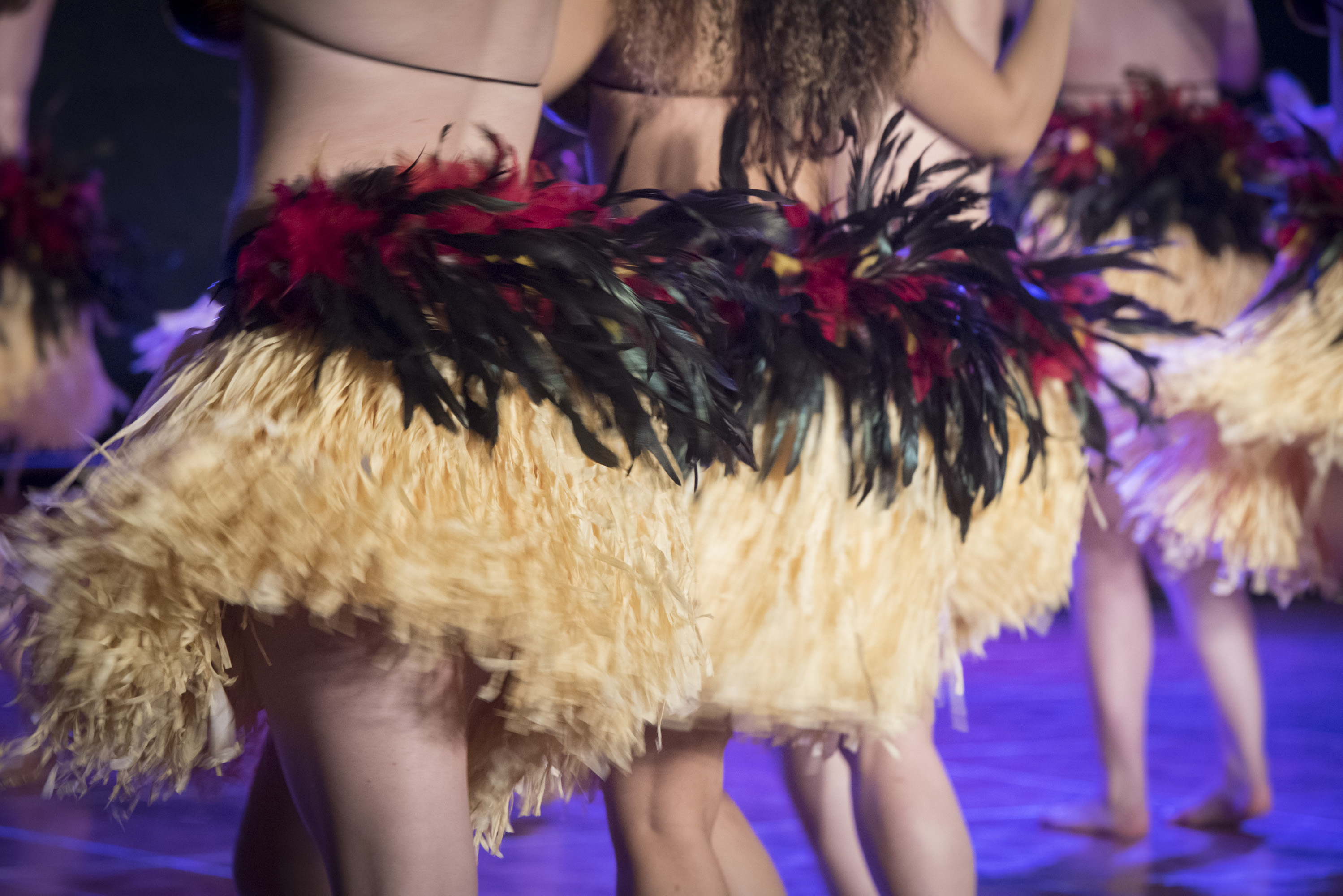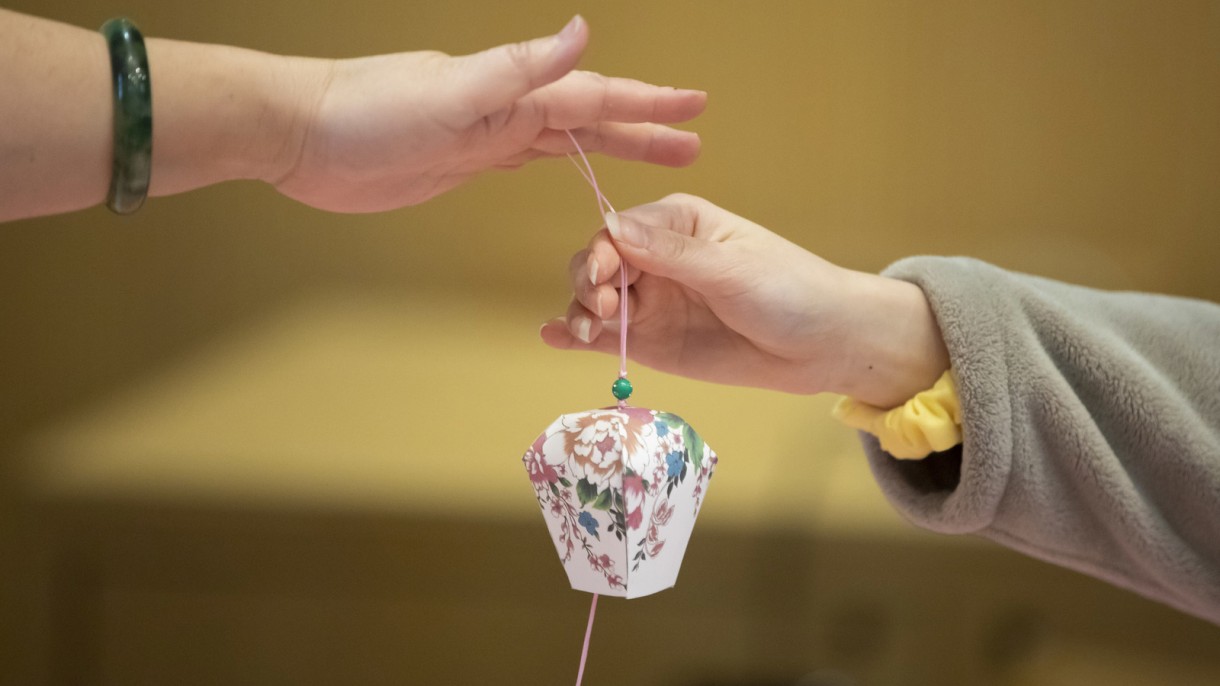The interdisciplinary course brings together faculty from the arts and the sciences.
On a recent Thursday afternoon, students in University of Puget Sound’s Connections 375: The Art & Science of Color class were split into two groups. One group combined various chemicals to produce Prussian blue—the first modern, synthetic blue pigment—while the other group foraged outside to find the ingredients to create ochre—one of the oldest naturally-derived pigments. The class, co-taught by Professor of Chemistry & Biochemistry Dan Burgard and Professor of Art & Art History Elise Richman, is brimming with hands-on experiments, art projects, guest lectures, field trips, and in-depth discussions around a deceptively simple question: what is color?
“As a scientist, I’m trained to think of color as something objective, that you could put a number on, but the more you unpack it, the more you realize that there’s a lot more to it than saying a wavelength that’s this many nanometers equals this color,” says Burgard. “It’s such a unifying thing throughout biology, psychology, art, history, or economics. Color gives us a great jumping-off point into all these disciplines.”

















